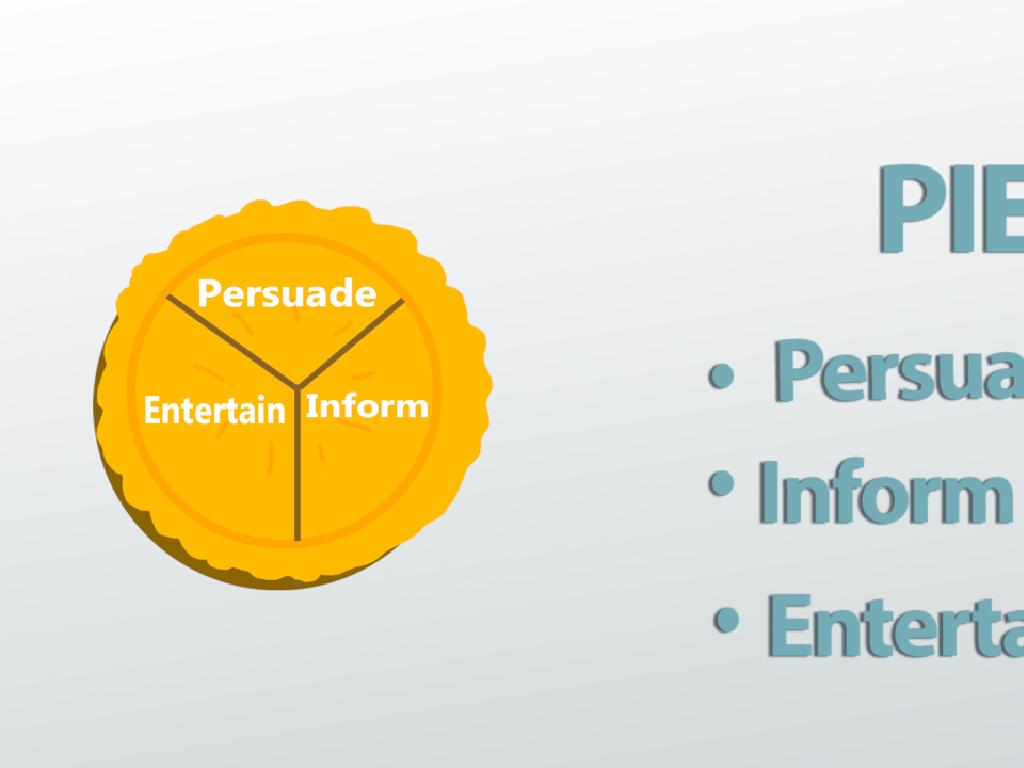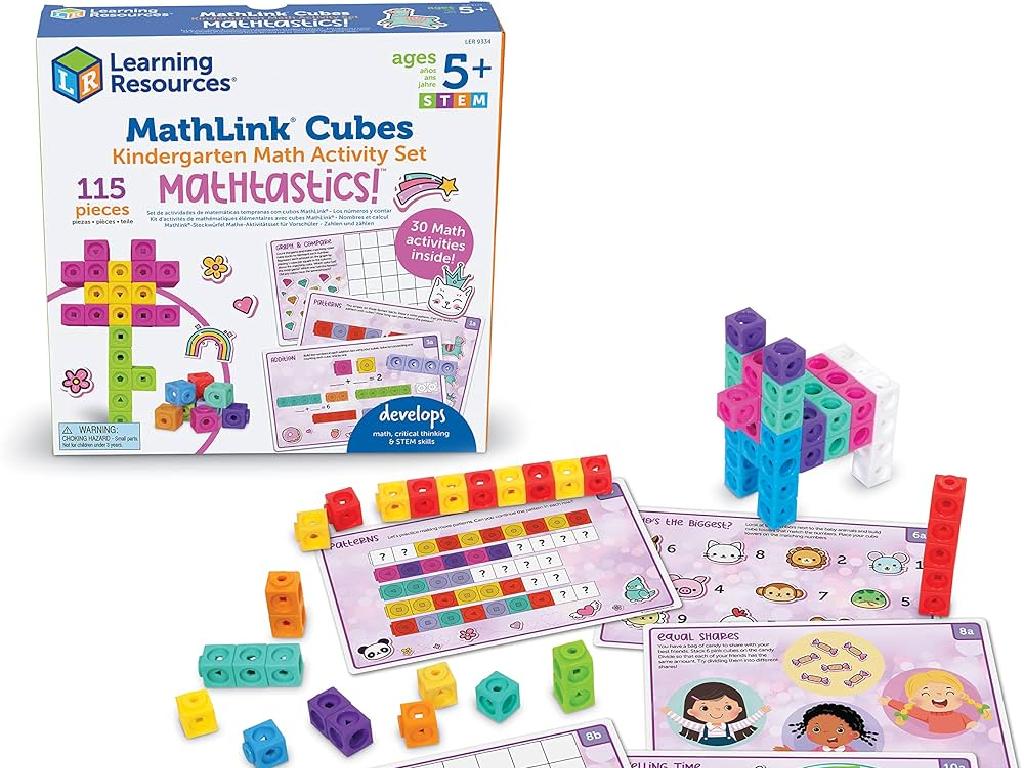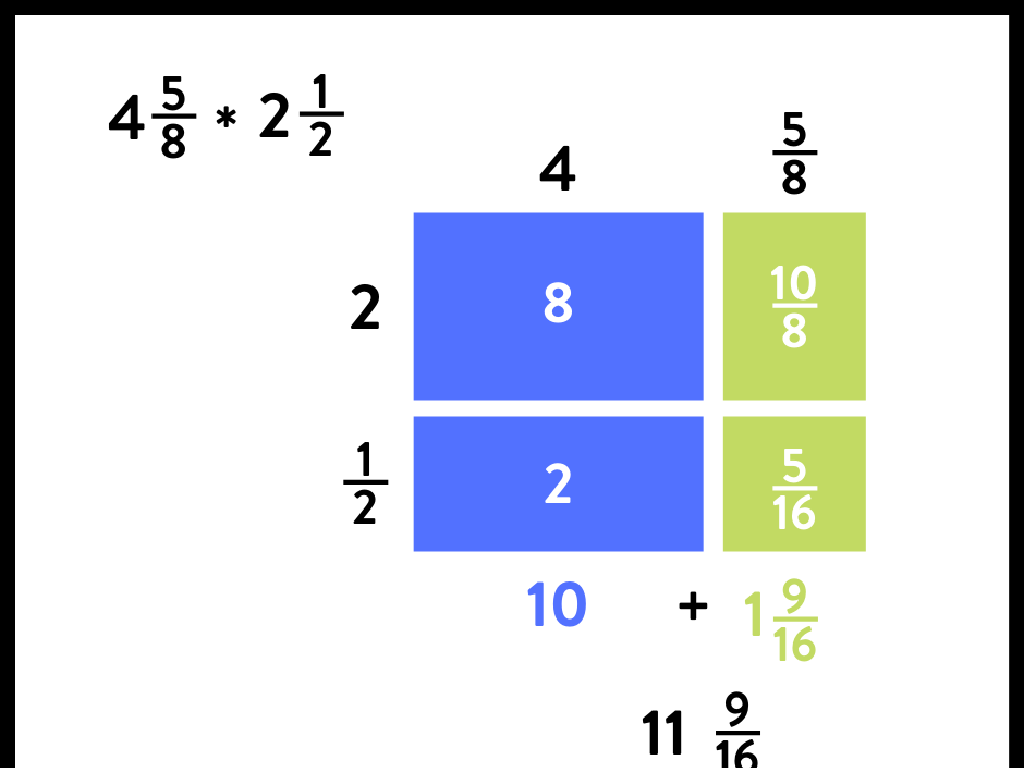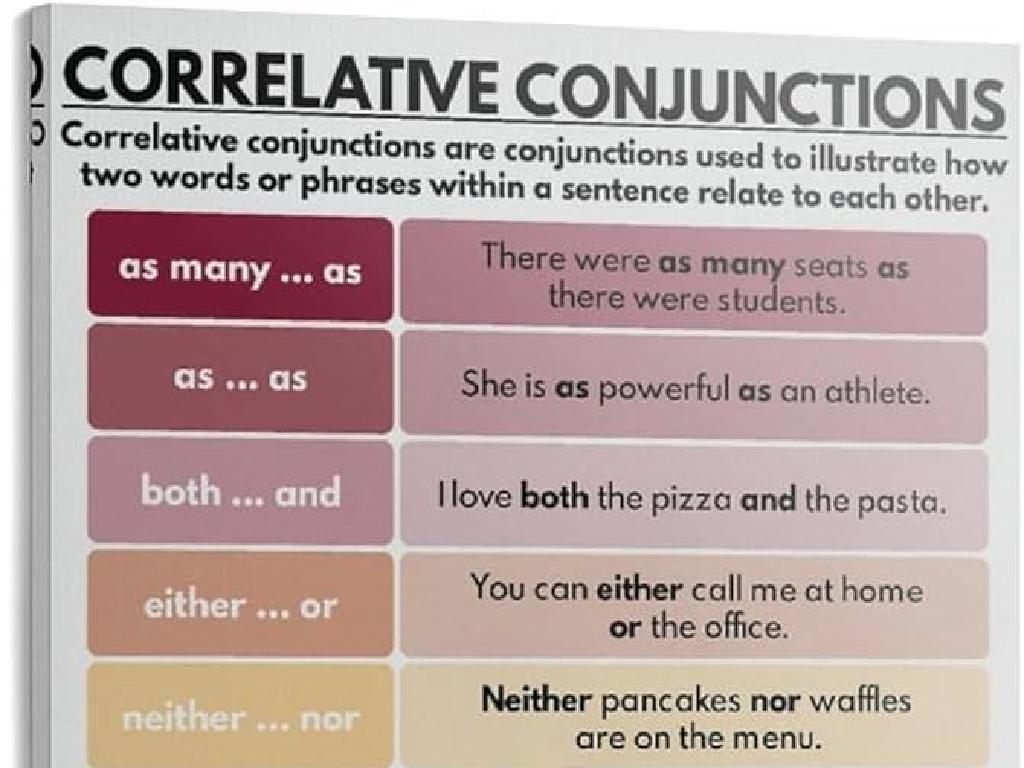Spell The Silent E Word
Subject: Language arts
Grade: Second grade
Topic: Silent E
Please LOG IN to download the presentation. Access is available to registered users only.
View More Content
Welcome to Silent ‘e’ Magic!
– Discover the magic of silent ‘e’
– Understanding silent ‘e’
– It’s an ‘e’ at the end that we don’t say
– Silent ‘e’ changes words
– Like in ‘cape’ versus ‘cap’, the ‘e’ changes the vowel sound
– Practice reading with silent ‘e’
– Find words in a book that have a silent ‘e’ and try reading them out loud
|
This slide introduces the concept of the silent ‘e’ and its role in changing the pronunciation of words. It’s crucial to explain that while the ‘e’ at the end of words is not pronounced, it has a powerful effect on the preceding vowel, often making it say its name (long vowel sound). Use examples like ‘cap’ becoming ‘cape’ to illustrate this point. Encourage students to look for words with a silent ‘e’ in their favorite books and practice reading them aloud. This will help them recognize the pattern and understand the ‘magic’ that the silent ‘e’ brings to words.
Meet the Silent ‘e’
– Silent ‘e’: a quiet letter
– It’s at the end and has a job
– It can make the vowel say its name, like in ‘cape’ vs ‘cap’
– Examples: ‘make’, ‘hope’, ‘write’
– ‘tape’ vs ‘tap’, ‘dime’ vs ‘dim’, ‘rose’ vs ‘ros’
– Silent ‘e’ changes how we say words
– ‘bit’ becomes ‘bite’, showing how ‘e’ affects pronunciation
|
This slide introduces the concept of the silent ‘e’ to second graders. Emphasize that while the ‘e’ is not pronounced, it plays an important role in changing the pronunciation of the word. It often turns a short vowel sound into a long vowel sound, which can be demonstrated with examples. Encourage students to think of words they know that have a silent ‘e’ and consider how the word would sound without it. This will help them understand the ‘e’s function and remember its silent nature.
Silent ‘e’ in Action
– ‘hop’ becomes ‘hope’
– Adding ‘e’ makes the vowel say its name.
– ‘cap’ turns into ‘cape’
– The ‘a’ sounds like ‘ay’ with silent ‘e’.
– Silent ‘e’ changes the sound
– Practice listening for the difference
– Try saying words aloud with and without ‘e’.
|
This slide is designed to help second graders understand the concept of the silent ‘e’ and its effect on the pronunciation of words. By comparing pairs of words that differ only by the silent ‘e’, students can see and hear how the addition of an ‘e’ at the end of a word can change a short vowel sound into a long vowel sound. Encourage the students to pronounce the words without the ‘e’ and then with the ‘e’ to hear the difference. This auditory exercise will help them grasp the concept of silent ‘e’ and apply it when reading and spelling. Make sure to practice with more examples and have the students come up with their own word pairs to reinforce the lesson.
The Power of Silent ‘e’
– Silent ‘e’ changes vowel sounds
– It makes the vowel say its name, like in ‘cap’ to ‘cape’
– ‘kit’ becomes ‘kite’
– Notice how ‘kit’ with a silent ‘e’ sounds like ‘kite’
– ‘mad’ turns into ‘made’
– See the difference? Without ‘e’, it’s ‘mad’. With ‘e’, it’s ‘made’
– Let’s practice saying words together
|
This slide introduces the concept of the silent ‘e’ and its role in altering the pronunciation of words. Emphasize how the silent ‘e’ at the end of a word can change a short vowel sound into a long vowel sound, where the vowel ‘says its name.’ Use the examples provided to illustrate the concept, and then engage the class in a group activity where they practice saying words with and without the silent ‘e’. Encourage the students to come up with more examples and to listen to the difference the silent ‘e’ makes. This will help them understand how the silent ‘e’ works and improve their spelling and reading skills.
Finding Silent ‘e’: Word Search Fun
– Search for silent ‘e’ words
– Spot the magic ‘e’ at word’s end
– The ‘e’ doesn’t make a sound, but it changes the word like in ‘cape’
– Circle the words you discover
– We’ll read the circled words aloud
– Practice pronunciation as a class
|
This slide introduces a class activity focused on identifying words with a silent ‘e’. Provide students with a word search puzzle containing various words, some of which end with a silent ‘e’. Explain that the silent ‘e’ often changes the pronunciation of the word without being heard itself. Encourage students to look for words where the ‘e’ at the end doesn’t make a sound. After they have circled the words, gather as a class to read them aloud, reinforcing the concept of the silent ‘e’ and its effect on word pronunciation. This activity will help students recognize and understand the role of silent ‘e’ in spelling and reading.
Spell with Silent ‘e’
– Listen to the word I say
– Write the word with silent ‘e’
– Silent ‘e’ makes vowels loud
– Like in ‘cap’ becoming ‘cape’, the ‘a’ says its name.
– Practice makes perfect!
– Try with different words and check with a friend.
|
This slide is for an interactive class activity where students will practice spelling words that include a silent ‘e’. The teacher will pronounce words aloud, and students are expected to write them down, paying special attention to the silent ‘e’ at the end of the words. This exercise helps students understand that the silent ‘e’ changes the pronunciation of the preceding vowel, making it a long vowel sound (it says its name). Encourage students to say the word without the ‘e’ and then with the ‘e’ to hear the difference. For example, ‘hop’ versus ‘hope’. After the activity, review the words as a class and discuss any challenges the students faced. Provide additional examples if needed and praise their efforts to reinforce learning.
Silent ‘e’ Story Time
– We’ll read a story as a group
– Listen for words with silent ‘e’
– Like ‘make’ or ‘time’, where ‘e’ is quiet
– Raise your hand for silent ‘e’ words
– Enjoy finding the silent ‘e’
– It’s a fun way to learn spelling
|
This activity is designed to engage second-grade students in identifying words with a silent ‘e’ through an interactive storytime. As the teacher reads, students will listen attentively for words that contain a silent ‘e’ and raise their hand when they recognize one. This helps reinforce their understanding of the silent ‘e’ rule in a fun and collaborative setting. Encourage students to participate actively and praise them for correct identification. After the story, discuss the silent ‘e’ words found and how the silent ‘e’ changes the pronunciation of the word. This will help solidify their grasp of the concept.
Class Activity: Magic ‘e’ Wand Craft
– Create your magic ‘e’ wand
– Hunt for silent ‘e’ words
– Look around the room for items that have a silent ‘e’ in their name
– Point and pronounce words
– Use your wand to point at an object and say its name
– Practice with and without ‘e’
– Compare how the word changes with the silent ‘e’
|
This activity is designed to help students recognize and understand the role of the silent ‘e’ in words. By creating a magic ‘e’ wand, students will engage in a kinesthetic activity that reinforces their learning. Teachers should prepare a list of words with and without silent ‘e’ to guide the activity. For example, ‘cap’ becomes ‘cape’ with the silent ‘e’, and ‘hop’ becomes ‘hope’. Encourage students to use their wands to point at objects in the classroom and pronounce the words with and without the silent ‘e’. This will help them see how the silent ‘e’ changes the pronunciation and meaning of words. The teacher should circulate the room, assisting students and ensuring participation. Possible variations of the activity could include pairing students to quiz each other, creating a silent ‘e’ word list, or even a silent ‘e’ scavenger hunt.
Wrapping Up: The Magic of Silent ‘e’
– Recap on silent ‘e’
– We learned that silent ‘e’ can change a word’s sound.
– Find more silent ‘e’ words
– Try to think of words like ‘cake’, ‘hope’, or ‘time’.
– Understand silent ‘e’ magic
– It can make a vowel say its name, like in ‘mate’ vs ‘mat’.
– Practice reading with silent ‘e’
|
As we conclude today’s lesson, let’s review what we’ve learned about the silent ‘e’. It’s important for students to recognize how the silent ‘e’ can change the pronunciation of words, making the vowel sound long. Encourage the students to think of additional words that have a silent ‘e’ and share them with the class. Reinforce the concept that the silent ‘e’ is like a magic trick in words, changing them in an instant. To solidify their understanding, have students practice reading words with silent ‘e’ and without, to hear the difference it makes. This will help them remember the rule and apply it when they encounter new words.






